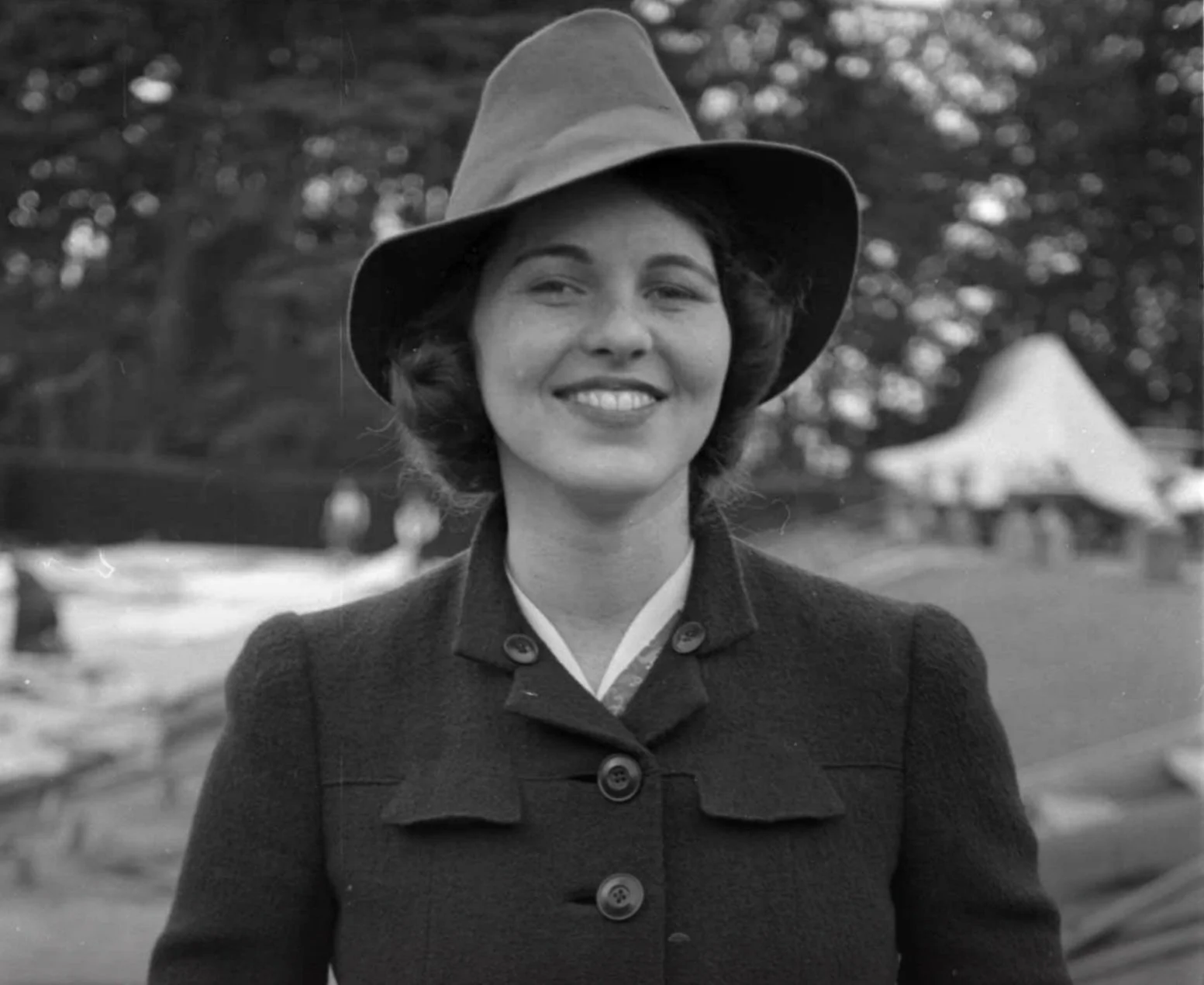Retrospect: What should we do about Jack the Ripper?
For those unfamiliar with Whitechapel, it is likely that the name ignites imagery of glooming gas lit alleyways in a crime laden, poverty stricken, Victorian London. Whilst Whitechapel has of its own merit, a rich history in the East-end of London, it will forever be synonymous with one of England’s most infamous serial killers. This is not necessarily a blemish on the district, in fact, it is the mark which puts Whitechapel on the map. A fair share of businesses in the area utilise this history to appeal to tourists, through guided tours, or a “blank” the “blank” type quip for an establishment name.
Whilst we can all surely appreciate the use of a clever pun, how appropriate is it for businesses to thrive off the back of the murder of women?
Is the act of christening one’s business after a serial killer nullified when the name is a moniker? A moniker derived from one of many deceptive letters that sullied the media 135 years ago. Perhaps this is why it is palatable; the commercialisation of a falsehood is surely no crime. A nickname which remains unclaimed is a benign piece of history to exploit, creating little offence bar for those who dislike wordplay.
This sentiment is why we are unphased by this exploitation, Jack the Ripper prospers off the paradox that anonymity bestows unto him, to be both elevated to celebrity status and reduced to a caricature, the killer is mystified, and these crimes almost acts of fiction. It is why we enjoy these horrific tales. They seem to be just that: stories. Time gifts us a degree of separation from reality. The brutality of murder is softened by age. A faceless, nameless killer of a bygone era, whose Whitechapel has long since been smoothed over.
On investigation for Charles Booth’s poverty map, George Duckworth infamously described Dorset street as the “Worst Street in London”. This street, whereupon Mary Jane Kelly lived in Miller’s Court, has long since disappeared beneath a £120 million, 460,000 sq. ft commercial Haven next door to Spitalfields Market. See, those streets are long gone. Their gentrified successors require a little more imagination, projectors even, on the “Ripper” tours which still stalk the area. Each of these tours boast their own selling points, all with the aim to inflate the egos of the crime tourists they attract with the idea that they could solve this case. Entertaining, certainly, but we must remember the reality below these gimmicks.
These murders are real. The photographs of the victims’ corpses are real. Real and accessible through very little internet sleuthing. In fact, a quick trip to Wikipedia will showcase violent images and graphic descriptions. What benefit does this have?
How long can we spurt on about “morbid curiosity” before we gain perspective on our desensitisation to abhorrent crimes against women?
Historian Hallie Rubenhold’s non-fiction account “The Five: The Untold Lives of the Women Killed by Jack the Ripper” pieces together the lives of the “canonical” victims. Their stories are a poignant reminder that these were real people, not overtly sexualised vessels to fetishise obscene violence through. Rubenhold tracks these women through their lives, telling their stories until they eventually reside in Whitechapel, finding that destitution connects them all.
Whilst Jack the Ripper is not the only criminal who has been sensationalised - we need only look at our major streaming services array of true crime content to discover the other big household serial killers, it’s a case which hits rather close to home.
Whitechapel may look different to how it looked 135 years ago, and gentrification does the job of smothering remnants of culture and history, but it would be obtuse to believe that it shares no familiarity to its predecessor. In fact, much of Whitechapel has stayed stagnant for over a century. Perhaps the destitution which connected the five victims is also what connects their Whitechapel to ours.
Victorian England may be obsolete, but the poverty experienced is not. The CHAIN annual report for the borough of Tower Hamlets reported 297 individuals seen rough sleeping in 2021/2022 with high spatial concentration surrounding the Whitechapel and Spitalfields & Banglatown wards. Moreover, in the last 3 years, 3,662 accounts of violence and sexual offences were reported to the police in these two area boundaries.
Jack the Ripper is remembered 135 years on, and yet, the violence against women and the suffering of the impoverished individuals of today are readily forgotten.
Profiting off this case, which only came to being because of societies failings all those years ago, is distasteful when we can see the repetition of the same patterns right now.
I say all this, criticise this case and our affliction to it, whilst being fully aware of my own intrigue over it. True crime connects us over what we fear, I am sure everyone has lost time over an old cold case, a prolific serial killer, or a classic tragedy like the Titanic or maybe even the Donner party. Can we enjoy true crime ethically? Is it excusable to pour over these horrors because it is a part of our human disposition; that we cannot help but be curious. Maybe it is possible to honour the lives lost without peeking at the grislier details? Can it ever be moral when we permit the same violence to occur today?
Perhaps the only loophole is to complain about it, like I have.
Truthfully, I do not know.





